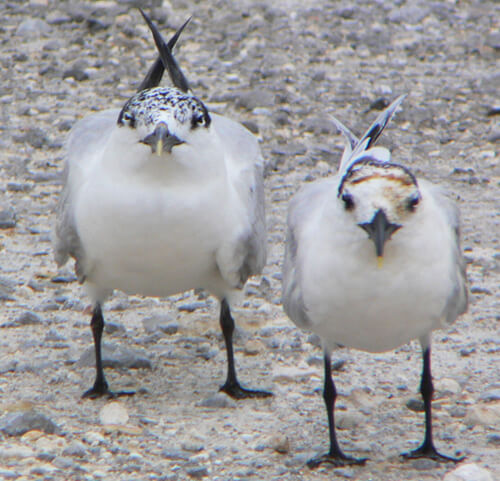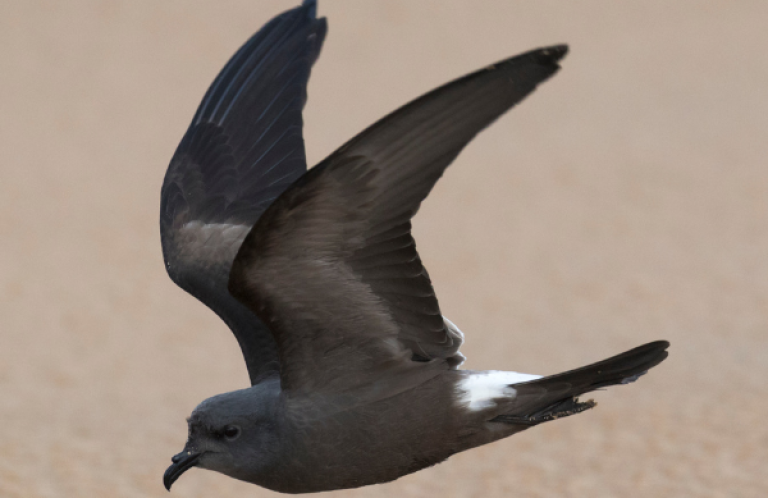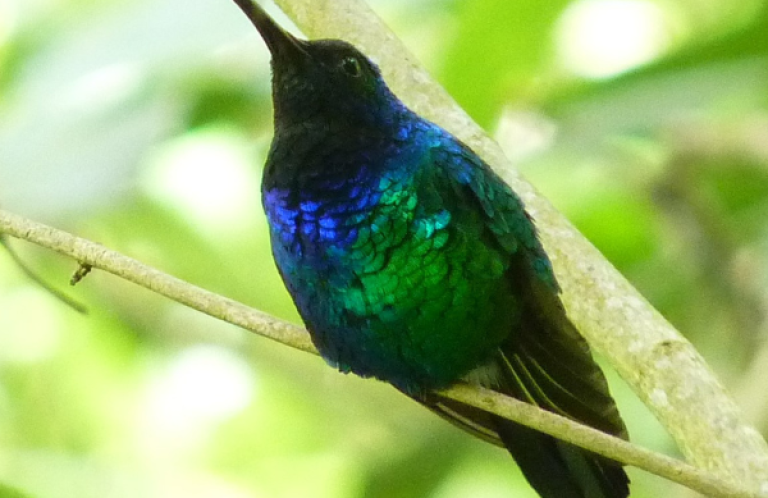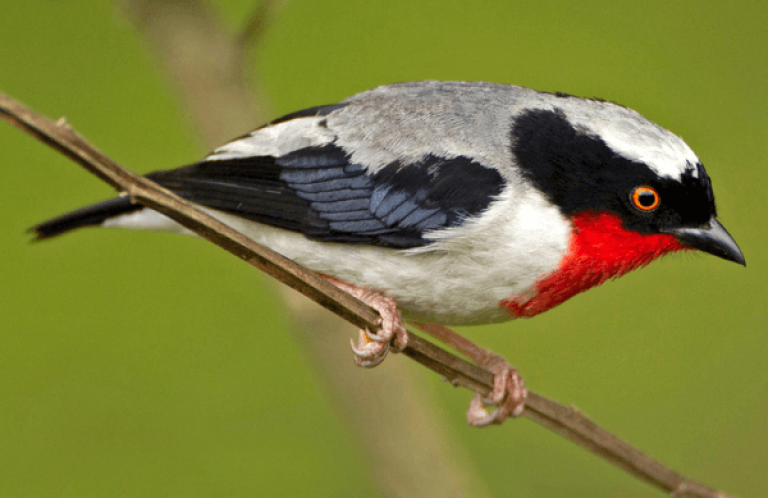Fourth of July Beach-Goers Asked to Give Beach-Nesting Birds a Break
MEDIA RELEASE
Contact: Robert Johns, 202-234-7181 ext.210,
 |
Black Skimmer and chick. Red flag marks the nest. Photo: Bob Johns, ABC |
(Washington, D.C.,
“Many people visiting the beaches are not aware of the many species of birds that nest in the sands near where they are swimming, fishing, and surfing, As a result, nests can accidentally get trampled, destroyed, or abandoned,” said ABC Vice President Mike Parr.
Some of the affected birds include threatened species such as the Piping Plover, as well as species of conservation concern in many coastal states, such as the Black Skimmer and the Least Tern.
“It can sometimes be hard for the casual vacationer to see the difference between a bird that is simply sitting on the sand and one that is tending eggs or a nest, so the best thing for beachgoers to do is to avoid getting close to areas where larger congregations of birds are gathered, and to always respect areas that are roped off or marked with signs designating an area that is used by nesting birds. The habitat for these birds is diminishing every year by beach development, erosion, and ever-increasing recreational use, so the birds can really use any break we can give them. They have no other place to go,” Parr said. “Most beach-nesting birds lay eggs that are cryptically colored to blend in with sand and gravel, and can be hard to see until it is too late” he added.
Beach-nesting birds include Black Skimmers in Mississippi and Snowy Plovers in Florida. In North Carolina, beach-nesting birds may include the American Oystercatcher, Least Tern, and Wilson’s Plover. The northeastern
 |
Sandwich Terns by Bob Johns, ABC High-resolution photo available here |
coast is the primary breeding range of the federally threatened Piping Plover, but its beaches also host American Oystercatchers and Least Terns.
ABC announced in April that it will launch a five-state, Gulf Coast conservation effort that will identify and implement protective measures for vulnerable beach-nesting birds such as Least Terns, Black Skimmers, Sandwich Terns, and Royal Terns.
The project will bring expertise not only from ABC, but from partners throughout the Gulf region, including the Barataria-Terrebonne National Estuary Program, National Audubon Society, Pascagoula River Audubon Center (and their Audubon Junior Naturalist and "Chick Shelter" programs), Mississippi Coast Audubon Society, and the Gulf Coast Bird Observatory. The project, which is funded by the National Fish and Wildlife Foundation, will focus on beach-nesting bird habitat in Texas, Louisiana, Mississippi, Alabama, and Florida.


















































